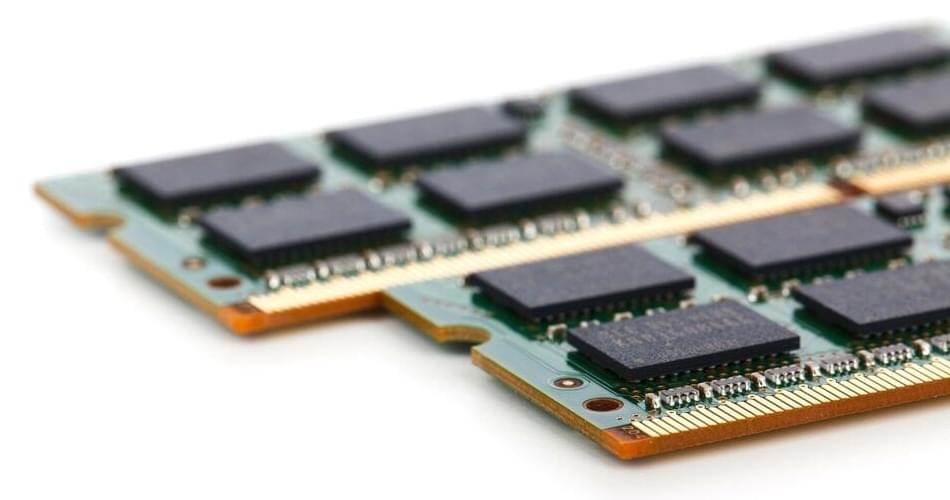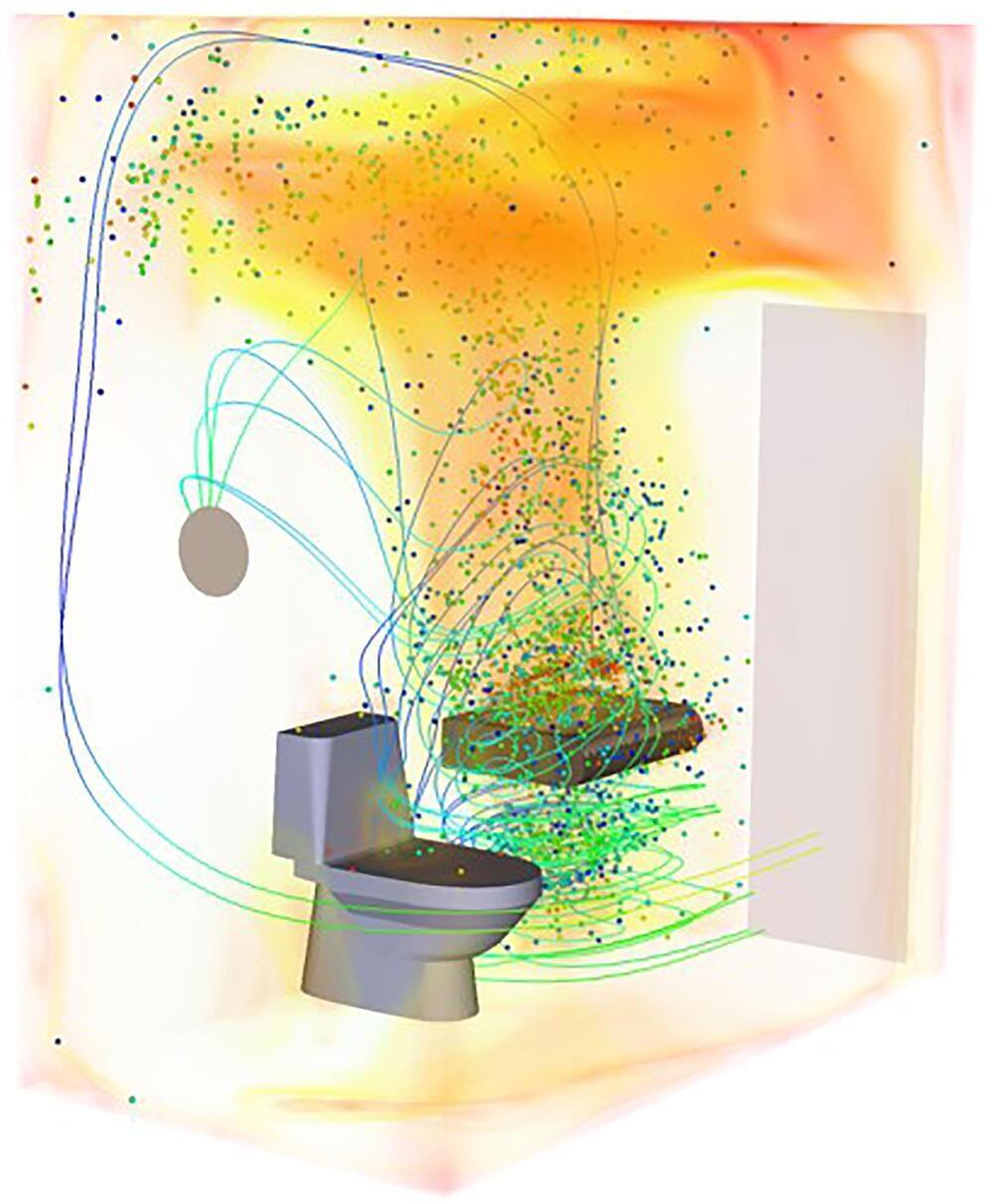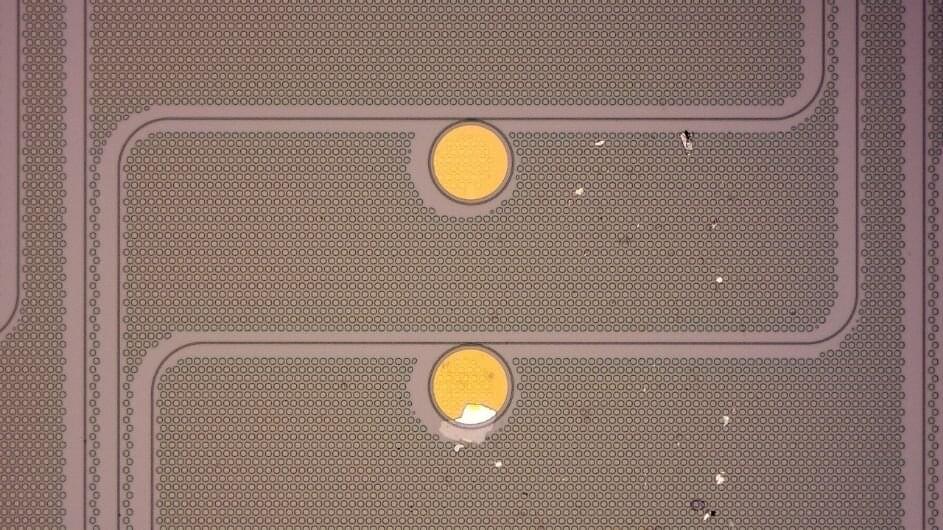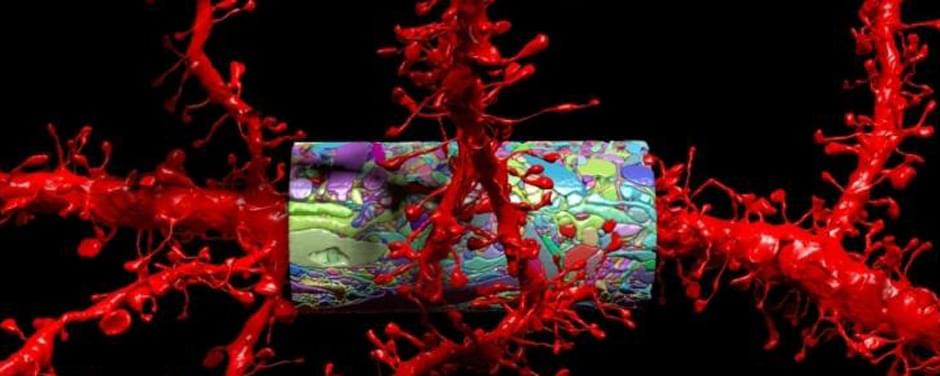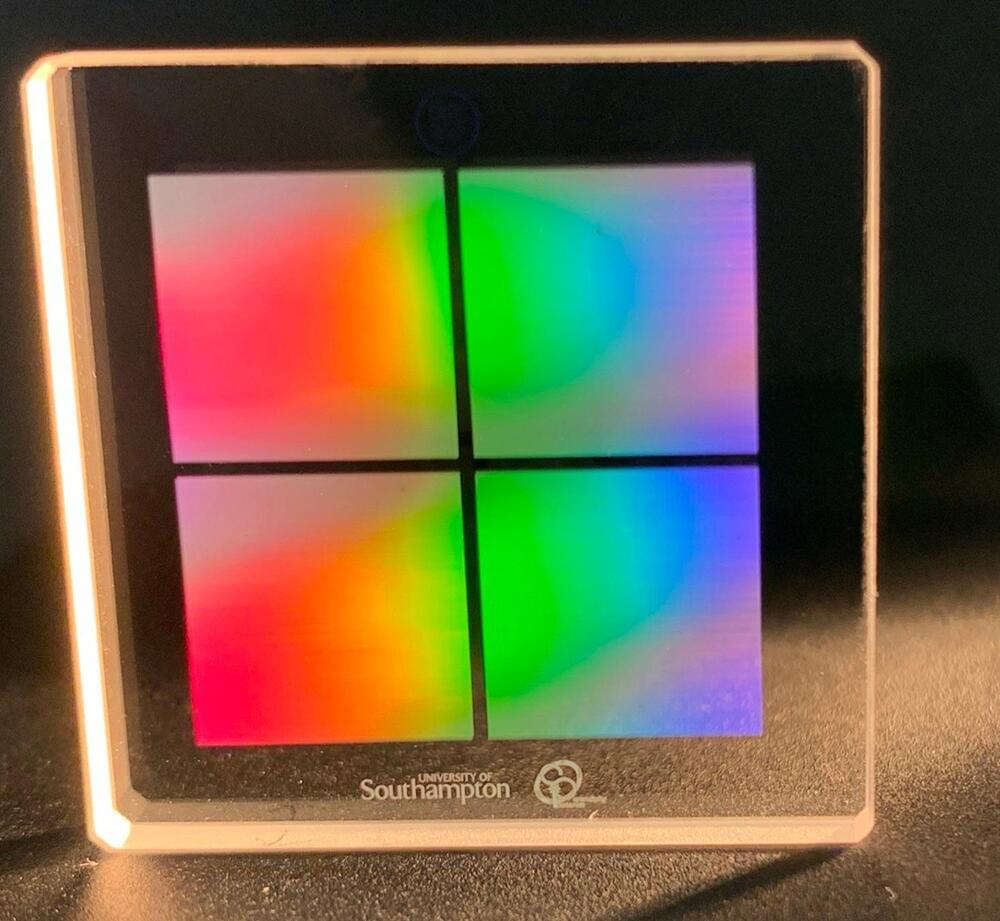Nov 2, 2021
What chip shortage? AMD books capacity years ahead to ease crunches
Posted by Genevieve Klien in categories: biotech/medical, computing, mobile phones
LISBON, Nov 2 (Reuters) — Chip designer Advanced Micro Devices (AMD.O) has been able to skirt most of the problems linked with the global chip supply shortage by forecasting demand years in advance, a top executive said on Tuesday.
Demand for electronics gadgets from people stuck in homes due to the pandemic has led to a shortage of semiconductors that are used from anything from mobile phones and cars.
But despite a squeeze in supply, AMD has been able to take market share away from rival Intel (INTC.O) in both PCs and servers with its latest line of processors.


